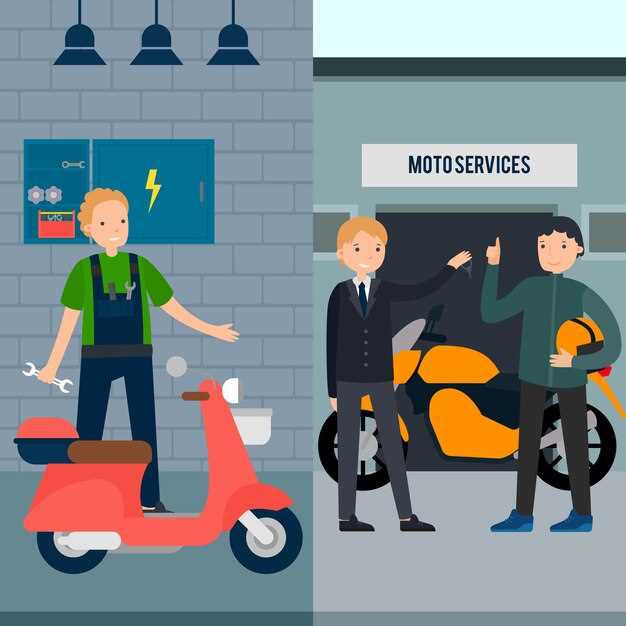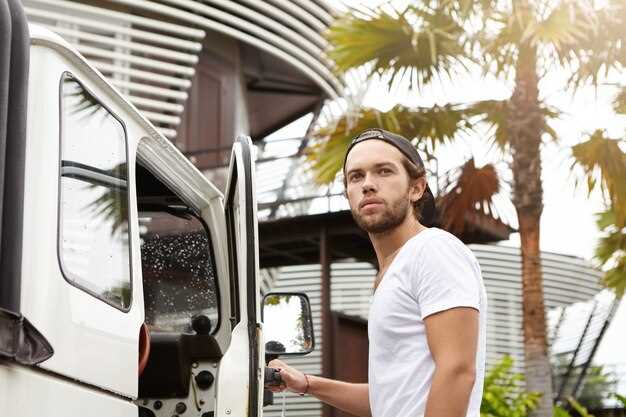
When it comes to transporting motorcycles, one of the most critical decisions is choosing between an enclosed and an open trailer. Each type offers unique advantages and disadvantages that can significantly impact the safety, convenience, and overall experience during transport. Understanding these differences is essential for motorcycle owners who want to ensure their vehicles are properly taken care of while on the road.
An open trailer is often favored for its simplicity and ease of use. These trailers typically weigh less, which can translate to better fuel efficiency while towing. Additionally, open trailers are generally more affordable, making them an attractive option for those looking to transport their motorcycles without breaking the bank. However, the open design exposes motorcycles to elements like weather and road debris, which can lead to potential damage or wear over time.
On the other hand, enclosed trailers provide a protective space for motorcycles, shielding them from rain, snow, and dust during transit. This added layer of protection is particularly beneficial for long-distance travels or when transporting high-value bikes. Nonetheless, the increased weight and cost of enclosed trailers can be a significant drawback. Their larger footprint also makes maneuvering in tight spaces more challenging. By carefully considering the respective benefits and drawbacks of each type, owners can make an informed decision that aligns with their specific needs.
Cost Comparison of Open and Enclosed Trailers
When considering the purchase of a motorcycle trailer, one of the primary factors to evaluate is cost. Open and enclosed trailers vary significantly in price, with each option offering different benefits that can impact overall expenses.
Open trailers are generally more affordable upfront. They are simpler in design, requiring fewer materials and less manufacturing complexity. Prices for open trailers typically start around $500, making them a popular choice for budget-conscious buyers. However, while the initial investment is lower, there are ongoing costs to consider. Open trailers lack protective features, which can lead to increased wear and tear on your motorcycle, potentially resulting in higher maintenance costs over time.
In contrast, enclosed trailers come with a higher price tag, often ranging from $2,000 to over $10,000 depending on size, build quality, and additional features. The robust structure of an enclosed trailer provides better protection against the elements, which can lead to savings on maintenance and repair costs in the long run. Additionally, the enclosed design offers enhanced security for your motorcycle, reducing the risk of theft and damage.
While the upfront cost of enclosed trailers is significantly higher, many owners find the long-term benefits–such as security and protection–outweigh the initial financial burden. When calculating overall costs, it is crucial to consider potential depreciation, insurance premiums, and the value of maintaining your motorcycle’s condition.
Ultimately, the choice between an open and enclosed trailer should be based on individual needs and budget. Open trailers can be a cost-effective solution for occasional use, while enclosed trailers provide an investment in protection and longevity for serious riders.
Protection Levels for Motorcycles During Transport

When transporting motorcycles, the choice between an enclosed trailer and an open trailer significantly impacts the level of protection each bike receives. Each option offers distinct benefits and drawbacks that should be considered based on individual needs.
Enclosed trailers provide superior protection against environmental elements such as rain, snow, and wind. This is crucial for preserving the bike’s finish and preventing rust. Additionally, an enclosed trailer shields the motorcycle from road debris and possible damage during transit, ensuring that it arrives at the destination in pristine condition.
Moreover, enclosed trailers offer an enhanced level of security. With features like locks and solid walls, they deter theft and vandalism. Motorcycles stored in an enclosed space are less vulnerable to prying eyes and opportunistic thieves compared to those left in open trailers.
On the other hand, open trailers are typically more affordable and lighter, making them easier to tow. They allow for quick loading and unloading, which can be advantageous for short trips. However, the trade-off is a lack of protection. Bikes transported in open trailers are exposed to harsh weather conditions and road debris, increasing the risk of wear and tear.
Ultimately, the choice between an enclosed trailer and an open trailer depends on the level of protection desired and the specific circumstances of the transport. For valuable or sensitive motorcycles, an enclosed trailer is often worth the investment, ensuring that they remain safe and in excellent condition during transportation.
Storage and Accessibility: Open vs Enclosed Trailers

When considering storage and accessibility, the choice between open and enclosed trailers can significantly impact your motorcycle transport experience. Open trailers offer straightforward access to your motorcycle, making loading and unloading quick and easy. The lack of walls means you can effortlessly roll your bike on and off without needing to navigate around doors or tight spaces.
On the other hand, enclosed trailers provide a secure environment for storing your motorcycle. With walls and a roof, these trailers protect your bike from weather elements, theft, and potential damage during transit. This added security can be crucial for long-term storage or when parking in less secure areas.
However, accessing motorcycles in enclosed trailers can be less convenient, especially if you have multiple bikes or larger models. Maneuvering in a confined space may require additional effort, making the loading and unloading process more time-consuming.
Additionally, enclosed trailers often come with built-in storage options, such as shelves or cabinets, which can enhance organization. In contrast, open trailers typically have limited storage capabilities since they lack the enclosed structure.
Ultimately, the choice between open and enclosed trailers regarding storage and accessibility comes down to individual needs and preferences. If ease of access and quick loading are priorities, an open trailer may be ideal. Conversely, if protection and security are your main concerns, an enclosed trailer will likely be a better fit.




